Retroid Pocket 4 Pro Android Handheld in-depth Review
In the realm of retro handheld gaming, the period spanning 2023 to 2024 stands as a significant milestone, marked by the introduction of Odin 2 featuring the formidable Qualcomm Snapdragon 8gen 2. This release signifies a notable achievement, effectively bridging the performance gap that once separated handheld consoles from mainstream mobile phone System-on-Chips (SOCs). Long-awaited by enthusiasts, the Odin 2 is hailed as a graduation machine, representing the culmination of years of anticipation for a device that seamlessly blends the capabilities of handheld gaming consoles with cutting-edge mobile technology.
Yet, amidst the excitement surrounding Odin 2's larger form factor and extended battery life, there emerges a trade-off. The device's increased dimensions, weighing in at over 400 grams, might pose a challenge for those who prioritize portability and lighter designs. It is in this context that the Retroid Pocket 4 series steps onto the scene, presenting a solution for enthusiasts seeking a balance between performance and weight. Today's review shines a spotlight on this compact gaming device, exploring its potential to cater to the needs of users who favor smaller screens without compromising on gaming prowess.
Unboxing


The packaging for the Retroid Pocket series maintains its distinctive white and retro outer design on the box. Upon opening the outer packaging, the inner box reveals a sizable white gasket strategically employed to secure the handheld device in place. This thoughtful design choice not only ensures the protection of the device during transportation but also adds to the overall aesthetic coherence of the packaging.


The accessories section of the Retroid Pocket 4 Pro includes a USB Type-A to USB Type-C data/charging cable, complementing the information available in the parameter manual. Notably, the Retroid Pocket 4 Pro is pre-installed with Android 13 from the factory, featuring a storage capacity of 8GB+128GB. In contrast, the Retroid Pocket 4, equipped with Dimensity 900, comes with Android 11 pre-installed and has a storage configuration of 4GB+128GB. These specifications highlight the differences in operating systems and storage capacities between the two models.

The Retroid Pocket 4 series offers a diverse range of color options, including Crystal (white and transparent), Ice Blue (blue and transparent), WaterMelon (red and transparent), 16BIT (grey), 16BIT US (gray and purple), and Black (black). The specific variant owned is the 16BIT, characterized by a sleek gray color scheme.
Appearane & Design

The Retroid Pocket 4 shares identical body dimensions with the Retroid Pocket 4 Pro, featuring a 4.7-inch screen and measuring 184.8 x 82.6 x 15.8mm. Weighing in at 261 grams, a comparable weight to the PSV1000's 260 grams, it offers a lightweight and comfortable feel, reminiscent of the PlayStation Vita era. This makes it more ergonomic and enjoyable to hold, particularly in comparison to bulkier devices with larger screens, evoking a sense of nostalgia for the PSV era.

The button configuration has undergone notable enhancements, particularly with the relocation of the double S (Start & Select) to the front, now situated in the lower right corner. Additionally, Home and Select buttons find their place in the lower left corner of the front, contributing to what is deemed a flawless button layout. An upgrade to a Hall rocker for the rocker part further enhances the tactile experience, leading to a positive appraisal of the overall button feel.

In the context of the 16BIT (grey) color scheme, it is observed that the silk screen clarity of the B key falls short in comparison to that of AXY. There is a expressed desire for improvement in this aspect, with the hope that future iterations or official updates can enhance the detailing and clarity of the silk screen for the B key within the specified color scheme.

The volume keys have been relocated from their original side position to the top of the device. Alongside the L1/L2/R1/R2 keys, the top now features MicroHDMI, heat vents, and the power keys, as well as dedicated volume up and down buttons. This adjustment in button placement enhances the overall user experience by providing easy access to essential controls on the device's top surface.


The device features dual speakers positioned on both the left and right sides at the bottom. Moving from left to right along the bottom, you'll find the TF card slot, a 3.5mm headphone jack, and a USB Type-C interface, serving dual functions for power supply and video output.


When viewed from the side, the stability of the overall grip is enhanced. The L/R keys feature an anti-slip texture for enhanced grip and comfort during use. Designed with user convenience in mind, this tactile design ensures a secure hold. Additionally, the system provides versatile functionality by supporting analog, digital, and analog+digital switching options. This adaptability allows users to seamlessly transition between different application scenarios, providing a customized experience to suit varied needs.

The Retroid Pocket 4 relocates the original Retroid Pocket Logo from the front of the fuselage to the back, giving the device a refreshed aesthetic. Additionally, a practical enhancement comes in the form of a newly added cooling fan air inlet situated on the right side, contributing to improved thermal management and overall performance. These modifications showcase the device's commitment to both visual refinement and functional upgrades in its latest iteration.


After applying the tempered film to my gray-painted Retroid Pocket 4 Handheld, the measured weight comes out to be 274.6 grams, including an estimated 10 grams for the tempered film. This weight exceeds the official label of 261 grams, indicating that the device is slightly heavier than the manufacturer's specified weight. The weight of 274.6 grams is notably lightweight, particularly when compared to the bulkier large-screen handheld device, being less than two-thirds of the weight of the Odin 2 graduation machine. This significant reduction in weight makes the mentioned device a more portable and user-friendly option, offering enhanced convenience for users on the go.

The Retroid Pocket 4 outshines the Odin 2 in terms of compactness, boasting a notably smaller size. This size advantage contributes to the Retroid Pocket 4's portability and convenience, making it a more appealing option for users seeking a handheld device with a compact form factor. The contrast in size between the two devices underscores the Retroid Pocket 4's commitment to a streamlined design, catering to users who prioritize a more compact and easily transportable gaming experience.

The Retroid Pocket 4 Pro, featuring an improved heat dissipation design, maintains a compact profile in contrast to the Odin, acknowledging its limited thickness. The device's smaller form factor accommodates a 5000mAh battery alongside an active heat dissipation system, making the overall thickness a reasonable trade-off for the enhanced functionality and portability it offers.



Upon powering up Retroid Pocket 4 Pro, the displayed logo identifies it as the Retroid Pocket 4. A notable perk of the Retroid Pocket series software lies in its incorporation of officially screened and tested emulators, offering a distinct advantage to users by eliminating the need for novices to invest time and effort in searching for and downloading applications. This streamlined integration not only simplifies the user experience but also ensures a reliable and efficient gaming environment for enthusiasts of the Retroid Pocket series.
Display

The Retroid Pocket 4 Pro retains a 4.7-inch 750x1334 LCD screen, similar to its predecessors, the Retroid Pocket 3+ and Retroid Pocket Flip, as listed in the official specifications. However, upon actual testing, notable enhancements in both brightness and color gamut were observed. Despite its apparent similarity, the screen of the Retroid Pocket 4 Pro demonstrates significant improvements, providing a more vibrant and visually appealing display compared to its predecessors.

The current test incorporates Starscream, with notable enhancements observed in the Retroid Pocket 4 Pro screen, now featuring an upgraded P3 wide color gamut. Impressively, the screen covers 97% of the sRGB color gamut, ensuring vivid and accurate color representation, and further extends its reach to encompass 90% of the DCI-P3 color gamut. This enhancement signifies a marked improvement in color performance, contributing to an enhanced visual experience on the Retroid Pocket 4 Pro.

The measured maximum brightness in the luminosity segment is 695.6 units for white and 0.45 units for black, resulting in a notable contrast ratio of 1500:1. The default color temperature of the white point is set at 7000K, with the current system lacking the capability to customize color temperature. However, an official response has indicated the intention to introduce a color wheel option through Over-The-Air (OTA) updates in the future, addressing the absence of color temperature adjustment functionality.

The photometric curve segment is assessed at the standard 2.2, with a color temperature ranging between 7000 to 7150K within the 30% to 100% interval.

With a maximum brightness reaching nearly 700 nits, the display's versatility shines through as it allows for a reduction to a minimal 2.9 nits at 0% brightness, catering to dimly lit environments. This adaptability, combined with the implementation of full brightness range DC dimming, provides users with effective eye protection, alleviating concerns associated with prolonged screen exposure.
Whether in well-lit or darker settings, the display's dynamic brightness control ensures a comfortable viewing experience, enhancing overall user satisfaction and visual comfort.

The Macbeth 48 color accuracy of the tested handheld machine proves impressive, with an actual measured average delta E of 2.22, a maximum delta E reaching 6.44, and a minimum delta E of 0.57. Notably, the overall average color accuracy performance, marked at <3.0, is commendable. This positions the device as the top performer among the handheld machines I have assessed, showcasing its proficiency in delivering accurate and vibrant colors.
Retroid Pocket 4 vs Retroid Pocket 4 Pro
The Retroid Pocket 4 and Retroid Pocket 4 Pro present an intriguing comparison in the realm of Android-based gaming devices, particularly for emulation enthusiasts. Given the challenges of emulating the Nintendo Switch on the Android platform due to high performance requirements and imperfect compatibility, the Retroid Pocket series aims to provide a cost-effective alternative. The gaming landscape has shifted towards a focus on smooth emulation of previous-generation platforms like PS2, 3DS, PSV, and Wii, where the Retroid Pocket devices strive to shine.
Notably, the Retroid Pocket 4 and Retroid Pocket 4 Pro boast several enhancements over their predecessor, including an upgraded SOC from Unisoc T610 to MTK Dimensity 900/1100, a new mold with active cooling, an improved key layout with additional buttons, enhanced screen brightness, color gamut, and a larger battery capacity. The Retroid Pocket 4 Pro further distinguishes itself with the addition of a USB Type-C video output function and an upgraded speaker.
In terms of hardware evolution, these improvements align with the growing demand for better performance and versatility in retro gaming and emulation. The Retroid Pocket series caters to users seeking a comprehensive gaming experience across various platforms while addressing the evolving landscape of emulation compatibility and performance expectations.
Performance Test

In the benchmark performance assessment, the device underwent testing using AnTuTu version V10.1.9, achieving a commendable total score of 67.3W. While it may not stand out significantly when compared to mainstream mobile phones, its performance remains noteworthy in comparison to the majority of handheld computers. The results suggest a competitive capability that positions the device favorably within the broader spectrum of mobile and portable computing devices.

AndroBench serves as a tool for assessing the read and write performance of ROM. The recorded metrics reveal a sequential reading speed of 946.2MB/s, a sequential writing speed of 363.83MB/s, a random reading speed of 129.43MB/s, and a random writing speed of 156.17MB/s. These benchmarks provide valuable insights into the efficiency and capabilities of the ROM in terms of data access and transfer speeds.

Highlighting the commendable speed of the wireless access component, it is noteworthy that in practical testing scenarios, it demonstrates the capability to achieve nearly the maximum download speed from a 1000M NAS. As a result, prioritizing wireless data transmission is advisable, underscoring its efficiency and suggesting its favorable performance for users seeking high-speed connectivity.
Video Test

The streaming process involves a GTX 1070 desktop computer paired with Moonlight streaming. In HEVC (default) mode, the measured average network delay stands at 4ms with a jitter of 1ms, while the decoding delay averages at 16.51ms.

The decoding delay for AVC mode is customarily set to 16.04ms, aiming for minimal divergence from the corresponding delay in HEVC mode. Consequently, the default HEVC mode can be seamlessly employed without experiencing substantial differences in decoding delay.


The discrepancy of 30-40 milliseconds between screen capturing time and monitor screen time is noteworthy, with the streaming component maintaining a standard performance level. In my opinion, individuals engaged in streaming activities might find a preference for larger screen devices despite this slight time lag. The seamless streaming experience and potential advantages associated with larger screens could outweigh the marginal delay, making them a favored choice among users in the streaming community.
Gaming Performance
Limited by time constraints, our testing was confined to basic evaluations utilizing the built-in emulator of the machine, foregoing exploration of diverse emulators versions to determine optimal configurations. The scope of our investigation was narrowed down to three platforms characterized by substantial pressure levels, and we did not delve into variations among emulators to streamline the testing process within the given timeframe.
AetherSX2 (PS2)

God of War serves as a benchmark test for the PS2 platform, particularly showcasing the capabilities of the Dimensity 1100. The test results indicate that the Dimensity 1100 can handle the game quite smoothly, especially in less demanding starting scenes where the screen can be expanded up to 2.25X without experiencing lag. However, pushing the screen beyond 2.5X results in noticeable lag. The image quality under 2.5X remains stable, with a current fluctuating between 10001800 and a battery life of approximately 34 hours. For those prioritizing power efficiency, opting for 1X image quality can reduce the current by around 500mA. To maximize power conservation, users may consider utilizing normal mode with the 1X image game setting.

The PES 10 test demonstrated flawless performance, with the CPU temperature reaching a mere 48 degrees after half a game. The current fluctuated between 6001000, while the estimated battery life stood at an impressive 56 hours. Although the Dimensity 1100 has the capability for 1.5x image magnification, the practicality is questioned given the resolution of 750x1334, suggesting that opting for a higher magnification may not yield significant benefits.
Citra (3DS)

The evaluation focused on a single game, Mario 3D Land, taking into account the screen size. The performance of the built-in Citra MMJ in this particular game was found to be lacking. However, utilizing the built-in Citra Enhance resulted in smoother gameplay, and the 1X image quality setting proved suitable for regular games. The current consumption ranged from approximately 800 to 1200, with an estimated battery life of around 5 hours.
Yuzu & Egg NS (Nintendo Switch)

The Mech War series stands out as an exceptionally well-supported game according to Egg's official list, offering a remarkably smooth gaming experience with relatively modest performance demands. In practical testing, the game demonstrates a stable current fluctuating only between 600 to 1000mA. With a 5000mAh battery, users can expect a commendable 4 to 5 hours of gameplay. Notably, the CPU temperature remains impressively low at just 43 degrees, further contributing to an overall efficient and enjoyable gaming experience.

The observed game frame rate on the device is notably inconsistent, with frequent lags. Despite the game's relatively undemanding nature, it is speculated that Yuzu has not yet fully optimized the Dimensity 1100 for optimal performance. It's important to note that the primary purpose of this device is not Nintendo Switch emulation, making the ability to run certain games an unexpected bonus. Activating the high-performance mode leads to freezing issues, with the current fluctuating between 1500 to 2000 during such instances. Consequently, the battery life hovers around 2.5 to 3 hours based on the 5000mAh capacity.
Due to my limited knowledge of Vita3K's configuration and settings, I did not include it in this test. Nonetheless, based on the insights shared by experts online, it seems that Dimensity performs well with Vita3K. Those intrigued by Vita3K will need to independently seek out relevant tests. I extend my apologies to all, expressing my commitment to further study Vita3K in the future.
Conclusion
Having initially engaged with the Retroid Pocket from its 3rd generation, the notable advancements over the past few years are unmistakable. The Retroid Pocket 4 Pro stands out as a handheld console deserving of acclaim, showcasing significant improvements in performance, design, and craftsmanship. Particularly commendable is its comprehensive coverage of high-demand platforms like PS2 and 3DS for users preferring smaller screens. Despite some inherent limitations in the emulator, the overall performance is robust enough to gratify the majority of emulator enthusiasts, making the Retroid Pocket 4 Pro a noteworthy evolution in the gaming experience.
The Retroid Pocket 4 Pro maintains a similar ID design to its predecessor, the Retroid Pocket 3, but noteworthy enhancements are evident in the button layout, joystick, screen, performance release, and overall workmanship. The device is particularly appealing to users seeking compact gaming consoles, as the Dimensity 1100 processor effectively caters to the current demands of simulation games. While its design aligns with small-screen preferences, its versatility might be limited if emulators for newer platforms like Wii or PS3 emerge in the future. Nonetheless, the Retroid Pocket 4 Pro stands out as a commendable choice for gamers, especially those interested in a small-screen gaming console, with a recommendation extending to friends exploring similar options.
The Retroid Pocket 4 Pro exhibits notable strengths, yet there are areas that could benefit from refinement. Notably, the current redundancy in heat dissipation raises concerns, suggesting a potential improvement by defaulting to a smart fan in high-performance mode. Adjusting the fan speed for smart mode, especially in performance and normal modes, could enhance quiet performance without compromising efficiency. Additionally, the 16-bit (grey) B key printing falls short of satisfaction, displaying a slight discrepancy compared to the clear printing on other keys. A plea is made for Retroid Pocket to prioritize such details in future iterations, underscoring the importance of a comprehensive user experience.

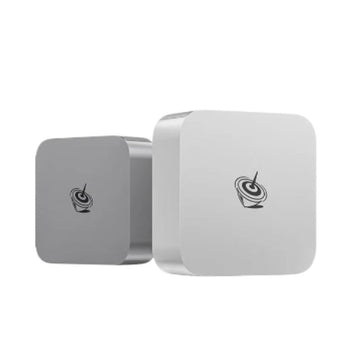
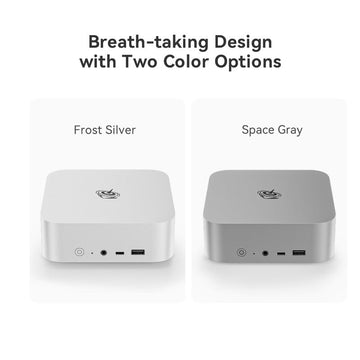
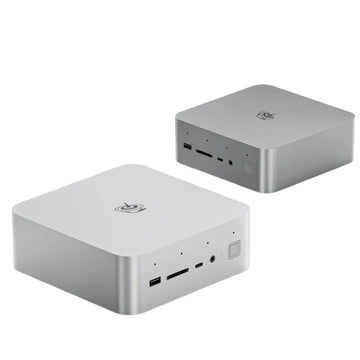
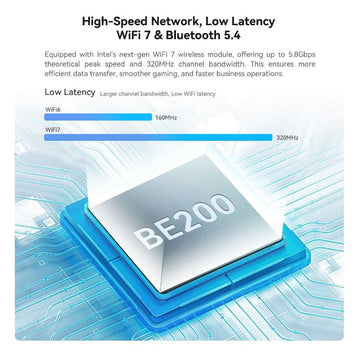
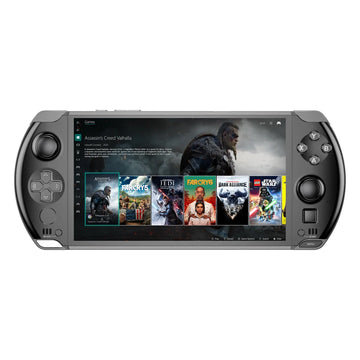
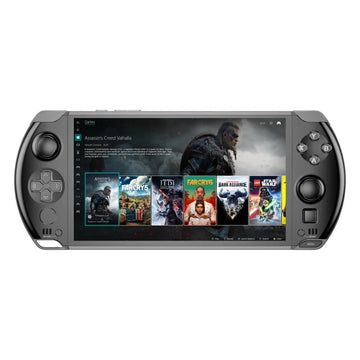
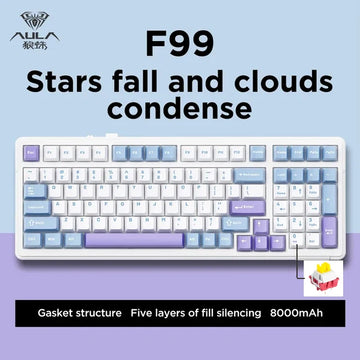
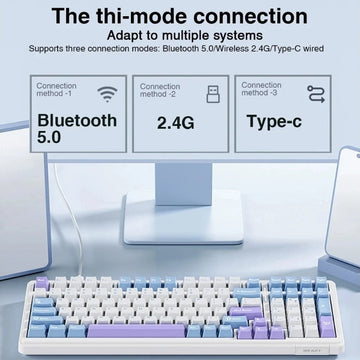





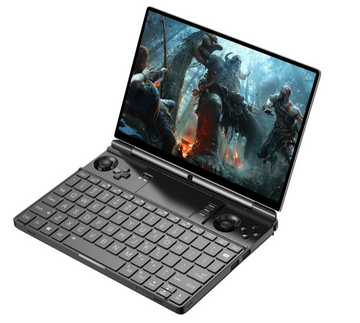

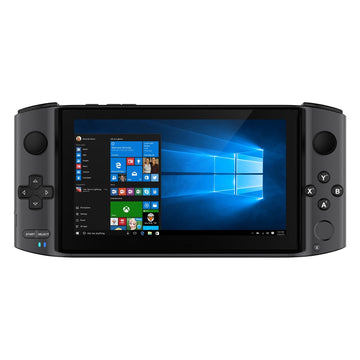
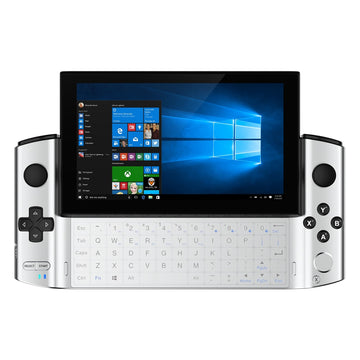
![[US Warehouse]Flydigi Vader 5 Pro Dragon Ball Limited Edition Game Controller](http://minixpc.com/cdn/shop/files/2bf62a4b1011cdf0b5088de9d5ad663d_360x.jpg?v=1763001514)
![[US Warehouse]Flydigi Vader 5 Pro Dragon Ball Limited Edition Game Controller](http://minixpc.com/cdn/shop/files/0944bf12c40c5bcaf5bc45c2a2f0b9e0_360x.jpg?v=1763001514)


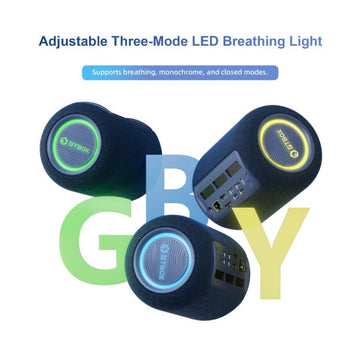
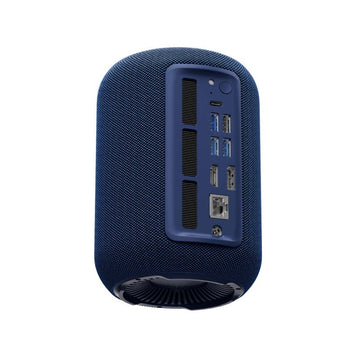
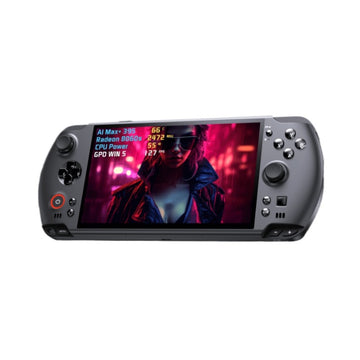
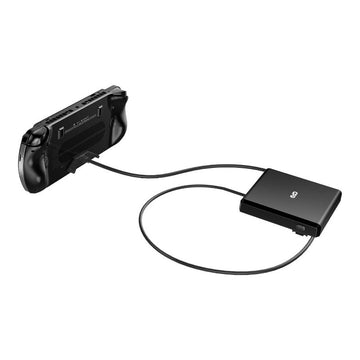
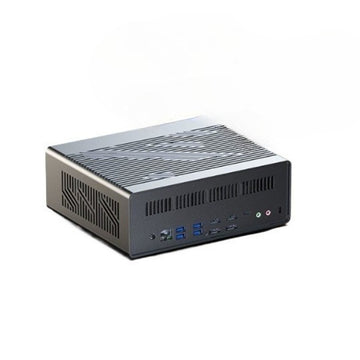
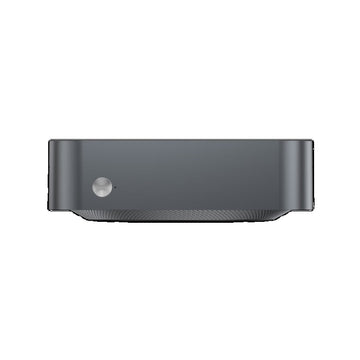
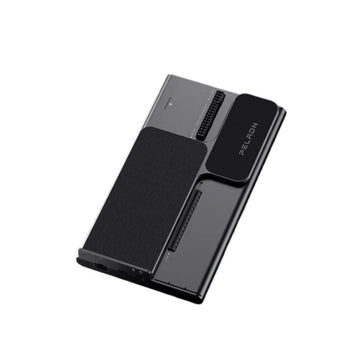
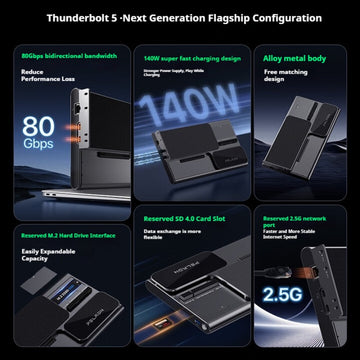
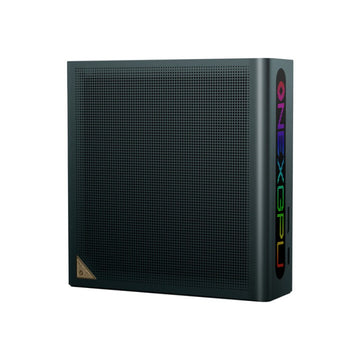
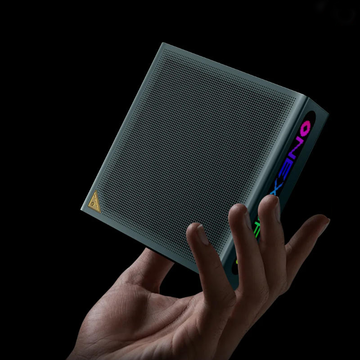
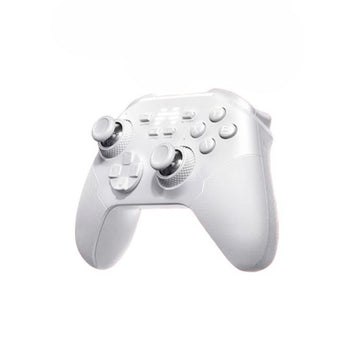
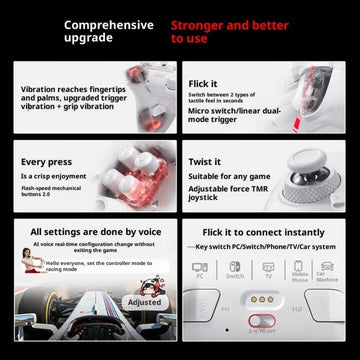












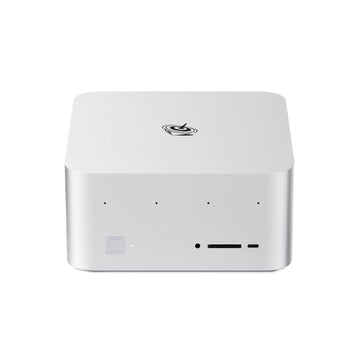
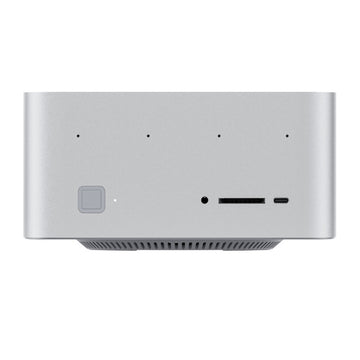
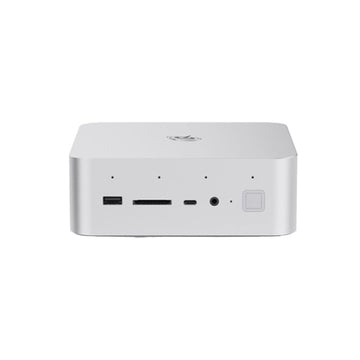
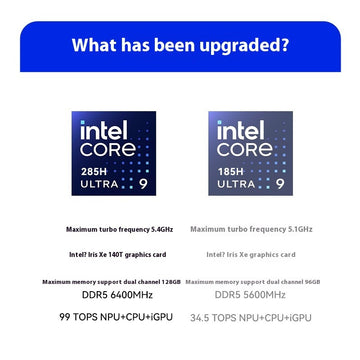
> These specifications highlight the differences in operating systems and storage capacities between the two models.
> Additionally, Home and Select buttons find their place in the lower left corner of the front, contributing to what is deemed a flawless button layout
> This adaptability allows users to seamlessly transition between different application scenarios, providing a customized experience to suit varied needs.
If you’re going to use a generative AI to assist you with writing an article (why? when you’ve already taken all the photos and formed the core thoughts anyway?), please make sure to edit out the things it produces that are either just a waste of time, or are things no human would ever write.
You have a good core article here and then you made it significantly worse by allowing unfiltered random words to make their way into the text. The above are just a few examples. The quality of the review overall is poor, and I can’t trust it because I can see that a human didn’t carefully choose what it says.
> Additionally, Home and Select buttons find their place in the lower left corner of the front, contributing to what is deemed a flawless button layout
> This adaptability allows users to seamlessly transition between different application scenarios, providing a customized experience to suit varied needs.
> the Retroid Pocket 4 Pro is pre-installed with Android 13 from the factory, featuring a storage capacity of 8GB+128GB. In contrast, the Retroid Pocket 4, equipped with Dimensity 900, comes with Android 11 pre-installed and has a storage configuration of 4GB+128GB. These specifications highlight the differences in operating systems and storage capacities between the two models.
Lines like these make it obvious that the author was “assisted” by a generative AI rather than writing their own words. They make the review itself significantly worse (it’s full of filler!), and I don’t really understand why you felt the need to do that since you obviously had the device in hand, took photos, etc.
What I really want to say here is that you may be saving yourself some time in writing, but you’re producing a significantly worse product. If you want to use a tool like this, make sure to cut out the worthless parts of what it provides to you instead of pasting them into the article you’re publishing. The above are just a few examples of sentences no human would ever write; there are more in the text of this review.